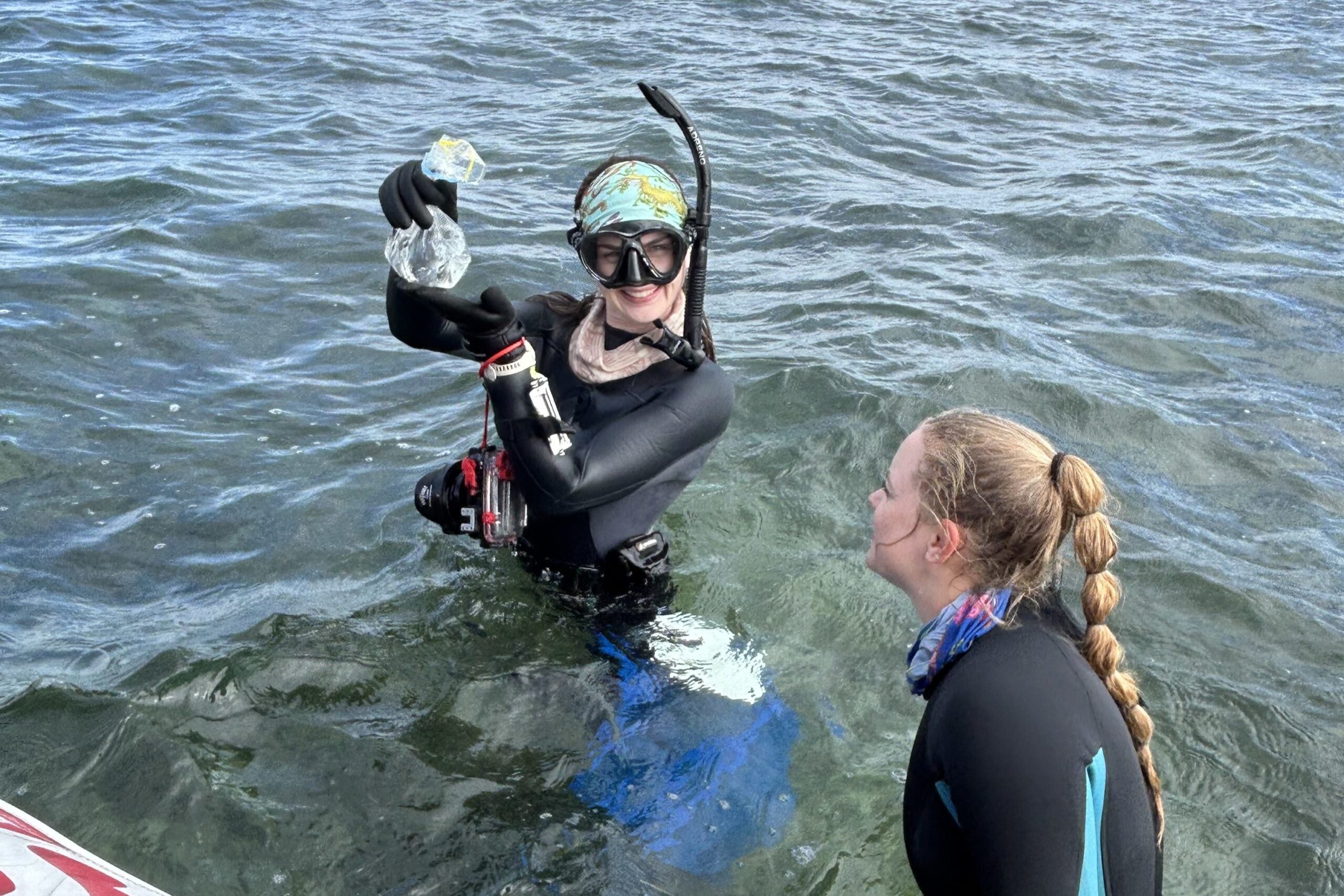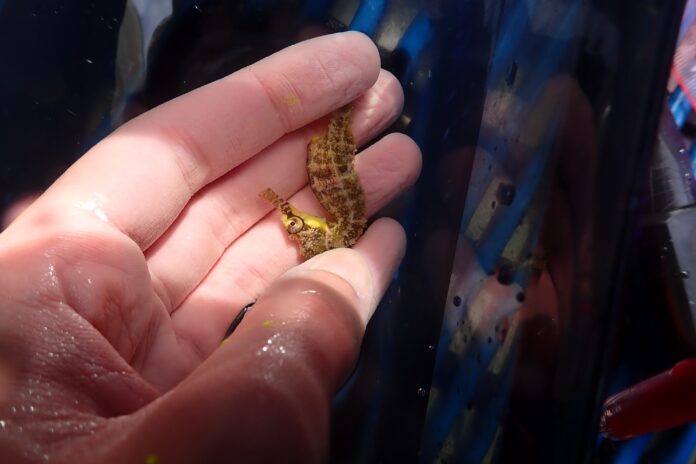The Sunshine Coast’s marine environment could provide valuable clues to help save a seahorse from extinction.
The White’s seahorse (commonly known as the Sydney seahorse) is one of only two seahorse species in the world classified as endangered.
University of Queensland researchers have began the state’s first study to help plug critical information gaps about the endangered species.
Karen Cheney, an associate professor from the School of the Environment, said the species was listed as endangered in 2020 after some NSW populations declined by 90 per cent within six years.
The White’s seahorse is native to the east coast of Australia and found mostly in estuarine environments.
The species can grow to about 10-15cm and lives in coastal bays, from very shallow to about 10-15m deep.

“Seahorses are highly selective with habitat choices and have minimal ability to move so they are very susceptible to disturbances,” Ms Cheney said.
“Changing climate conditions, flood events and dredging led to the loss of critical White’s seahorse habitat, including seagrass beds and soft coral.”
In collaboration with the Sea World Foundation, researchers will conduct hundreds of surveys in hotspot areas across South-East Queensland, including the Sunshine Coast, to find, tag and release as many as possible.
PhD candidate Rowan Carew said poor weather conditions, such as flooding and Tropical Cyclone Alfred, meant only two surveys had been done on the Coast to date but more would likely take place in the future.

“We have had a few reported sightings of seahorses in the Mooloolah River (La Balsa Park dive site), however the last reported sighting of a live seahorse at that site was in 2023,” Ms Carew said.
“Seahorses are not very common on the Sunshine Coast, we have had a few sightings from the area (mainly from dead/dried seahorses washing up on the beaches).
“We don’t know for sure why seahorses aren’t very common. From the research we have done it looks like seagrass beds are of importance, as well as the macroalgae sargassum.
“It is likely that events such as flooding and the recent cyclone has damaged the habitats in places such as La Balsa Park which may impact the seahorses as well.”
Scroll down to SUBSCRIBE for our FREE news feed, direct to your inbox daily.
Ms Carew added that members of the public could help by taking photos and reporting any sightings to the online research database.
“Critical information such as where they are found, what habitats they are associated with, what their population structure is and climate impacts are completely unknown,” Ms Carew said.
“This project aims to understand these critical aspects of the Queensland population so appropriate conservation actions can be developed to ensure survival.
“Any seahorse sighting will help as they are often incredibly camouflaged and remain very still but a keen photographer or hobbyist can spot while diving or snorkelling.
“To collect data, please keep at least 30cm away and try not to disturb them, take a clear photo from the side preferably with a scale of some sort and record the time and exact location.
“Then upload your images and location to the webpage with your contact details but try not to share information about the seahorse publicly as they’re popular with aquarium collectors.”
Funding for the survey has been provided by the Queensland Government’s Threatened Species Research Grant program.





